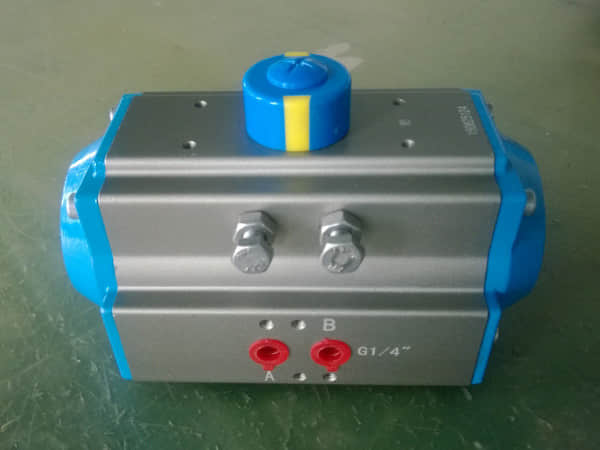understanding pneumatic actuators: key components and applications
Release time:2024-09-29 11:37:28
Pneumatic actuators play a vital role in modern industrial automation systems. They are devices that convert compressed air into mechanical motion, enabling machinery to perform tasks efficiently and effectively. In this article, we will delve into the various aspects of pneumatic actuators, covering their working principles, types, applications, and advantages.

Working Principle of Pneumatic Actuators

Pneumatic actuators operate based on the principle of converting the energy stored in compressed air into mechanical energy. When compressed air is supplied to the actuator, it enters a cylinder that contains a piston. The air pressure pushes the piston, causing it to move. This movement can be linear or rotary, depending on the type of actuator. The stroke length and speed of the piston can be controlled by adjusting the air pressure and the flow rate of the compressed air. Types of Pneumatic Actuators
There are primarily two types of pneumatic actuators: linear and rotary.




